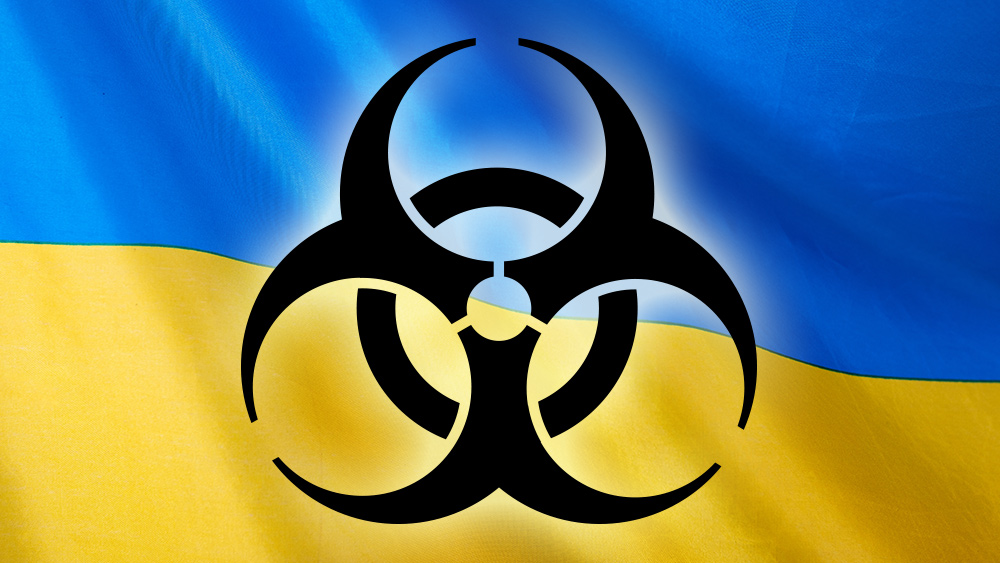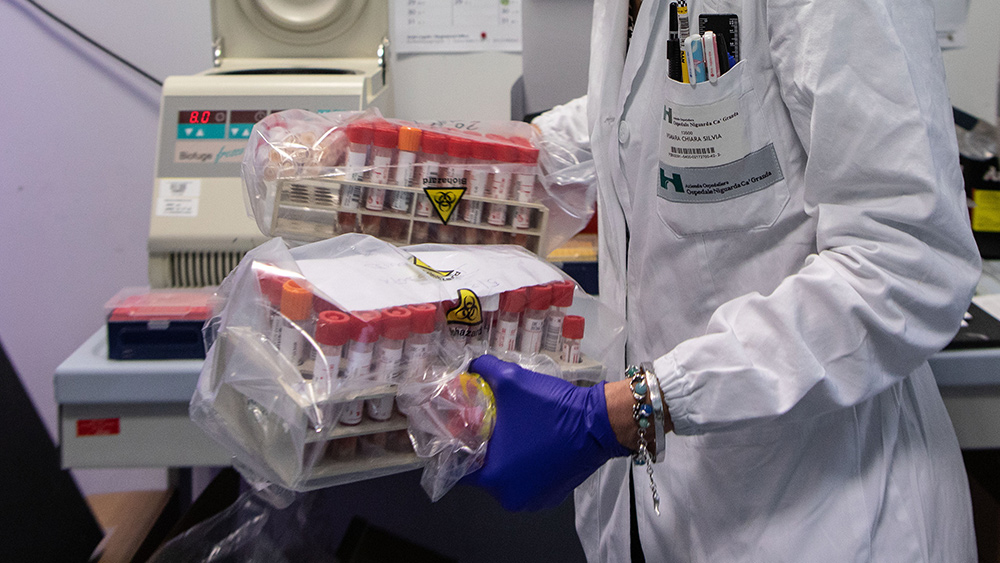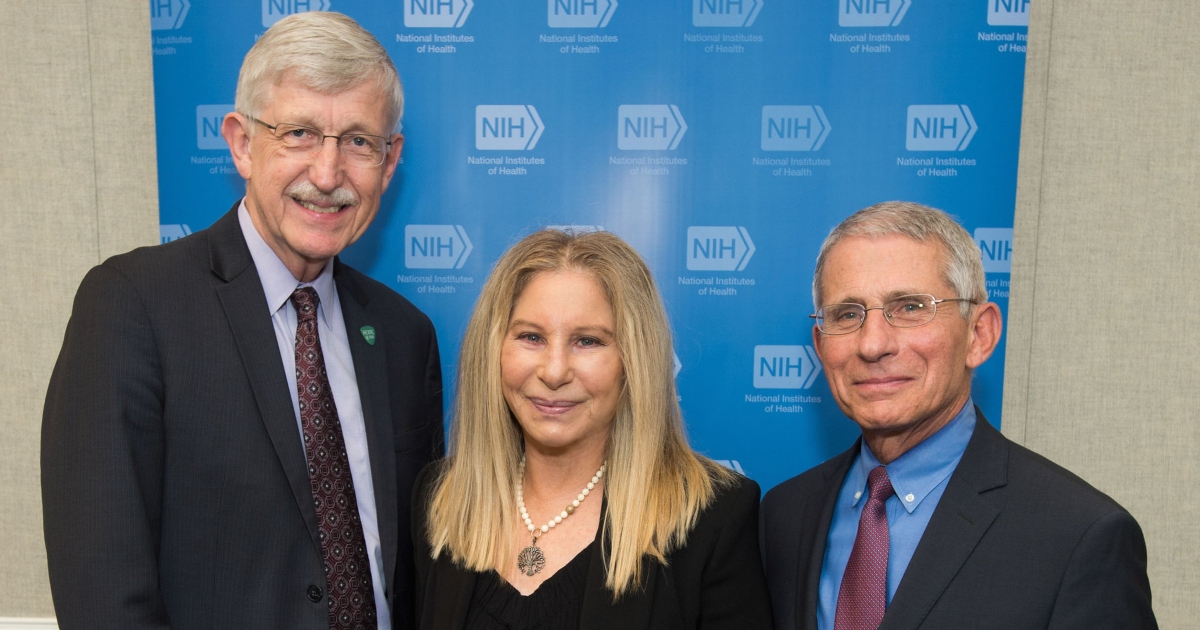Teens develop heart damage months after getting second Pfizer covid shot, study finds
04/02/2022 / By Ethan Huff

New research published in the Journal of Pediatrics reveals that more than 66 percent of all adolescents who develop Wuhan coronavirus (Covid-19) “vaccine”-related myopericarditis after the second jab still end up suffering from persistent heart abnormalities months after their initial diagnosis.
This revelation suggests that, contrary to what the government claims, Fauci Flu shot adverse effects can be long term, even in children. And the saddest part is that children have a zero percent risk of dying from the disease in the first place, so what is the rationale behind them getting the shots?
Published on March 25, the study challenges the position held by multiple government agencies in the United States, including the Centers for Disease Control and Prevention (CDC) which claims that heart inflammation caused by Pfizer and Moderna mRNA (messenger RNA) injections is always “mild.”
Researchers at Seattle Children’s Hospital looked at cases of younger patients under age 18 who came to the hospital with chest pain and elevated serum troponin levels between April 1, 2021, and Jan. 7, 2022, which covers the height of the Operation Warp Speed mass injection campaign. All of them had received their second dose of Pfizer within the previous week.
Of the 35 patients who fit the criteria, 16 were determined to be suitable for evaluation purposes. All 16 underwent cardiac magnetic resonance imaging (MRI) tests three to eight months after their first examination.
Of these, 11 were found to have persistent late gadolinium enhancement (LGE), though levels were lower than in previous months.

“The presence of LGE is an indicator of cardiac injury and fibrosis and has been strongly associated with worse prognosis in patients with classical acute myocarditis,” the study explains.
Fully vaccinated children have troponin levels more than 20 times higher than a heart attack patient
A meta-analysis of eight studies found that LGE is a predictor of all-cause death, cardiovascular death, cardiac transplant, rehospitalizations, recurrent acute myocarditis, and is a requirement for mechanical circulatory support.
Another 11-study meta-analysis found the “presence and extent of LGE to be a significant predictor of adverse cardiac outcomes.”
While some of the child patients in the new study showed symptoms that “were transient and most patients appeared to respond to treatment,” there was still a “persistence of abnormal findings,” the team found.
All of this “rais[es] concerns for potential longer-term effects,” the researchers wrote, adding that they plan to take more MRIs at the one year mark to see whether any of the abnormalities have resolved.
“The paper provides more evidence that myocarditis in adolescents that result from COVID-19 vaccines is very serious,” says Dr. Madhava Setty, the senior science editor for The Defender, a project of Children’s Health Defense (CHD).
“All patients had significantly elevated serum troponin levels indicative of heart damage. And LGE, which is indicative of poor outcome, was present in more than two-thirds of the kids.”
“These young patients had a median troponin level of 9.15 – more than 20 times greater than the levels found in people suffering heart attacks.”
Commenting on the findings on Twitter, Dr. Marty Makary, a surgeon and public policy researcher at Johns Hopkins University, wrote that the CDC has a “civic duty to rigorously study the long-term effects of vaccine-induced myocarditis.”
“New follow-up study 3-8 months after myocarditis shows the MRI heart abnormality of late gadolinium enhancement seen in 63% of children,” he added. “Merits further study.”
According to Dr. Anisha Koka, a cardiologist, the study also suggests that upwards of 70 percent of teenagers who develop myocarditis from covid injections will be left with a scar on their heart.
The latest news coverage about Wuhan coronavirus (Covid-19) “vaccine” injuries can be found at ChemicalViolence.com.
Sources for this article include:
Submit a correction >>
Tagged Under:
biological weapon, COVID, discoveries, heart disease, heart health, Pfizer, Plandemic, research, spike protein, Teens, vaccine damage, vaccine injury, vaccines
This article may contain statements that reflect the opinion of the author




















